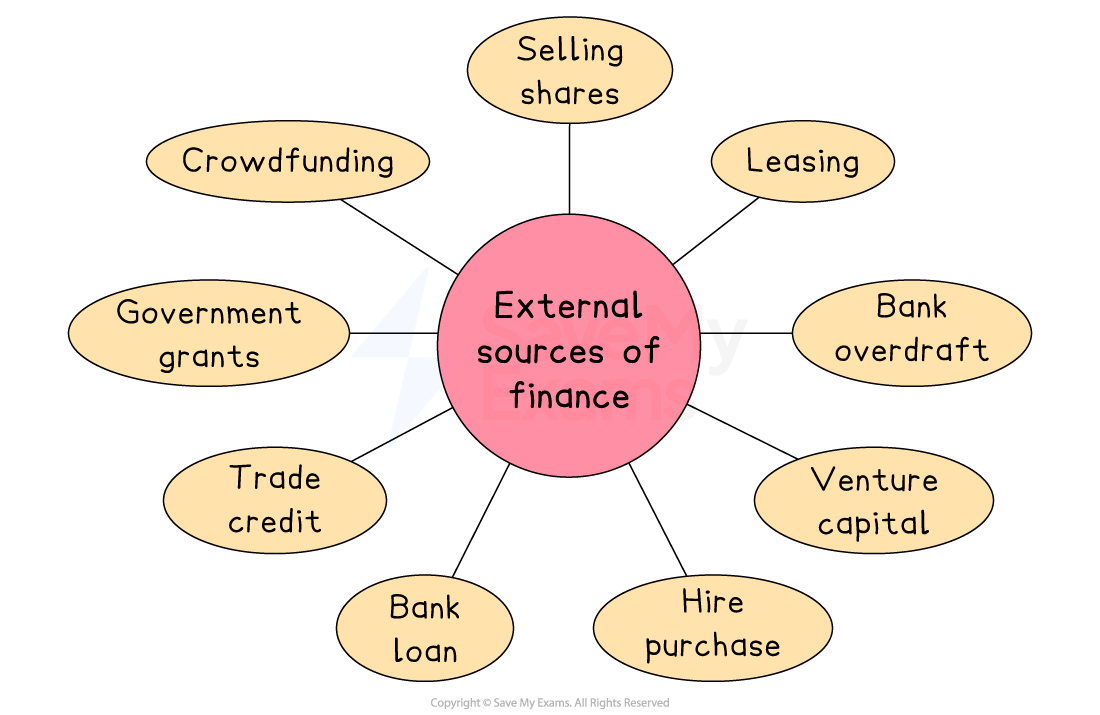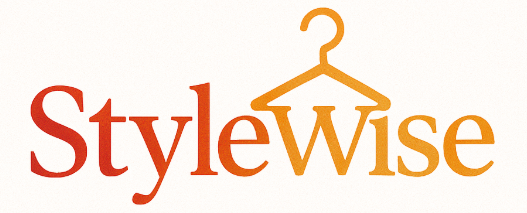Syllabus Edition
First teaching 2025
First exams 2027
Sources of Finance (Cambridge (CIE) IGCSE Business): Revision Note
Exam code: 0450, 0986 & 0264, 0774
Internal sources of finance
An internal source of finance is money that comes from within a business such as owners capital, retained profit and money generated from selling assets
An external source of finance is money that is introduced into the business from outside such as a loan or share capital
Owner’s investment
Personal savings are a key source of funds when a business starts up
Owners may introduce their savings or another lump sum, e.g. money received following a redundancy
Owners may invest more as the business grows or if there is a specific need, e.g. a short-term cash flow problem
Retained profit
Retained profit is the profit that has been generated in previous years and not distributed to owners is reinvested back into the business
This is a cheap source of finance, as it does not involve borrowing and associated interest and arrangement fees
The opportunity cost of investing the money back into the business is that shareholders do not receive extra profit for their investment
Sale of unwanted assets
Selling fixed assets which are no longer required, such as machinery, land or buildings, generates finance
A sale and leaseback arrangement may be made if a business wants to continue to use an asset but needs cash
The business sells an asset (most likely a building) for which it receives cash
The business then rents the premises from the new owners
E.g. In early 2023, Sainsbury’s announced that it was in talks to sell the prime retail property for £500 million, which will then be leased back to them by the new owners, LXi Reit
Stock may be sold at reduced prices to raise additional finance
This reduces stockholding costs
It must be done carefully to avoid disappointing customers if stock runs low
E.g. A clothing retail business holds a January sale to get rid of old stock and make space for new Spring stock
Managing working capital
A business can also generate additional finance internally by managing its working capital more effectively
They can negotiate extended credit terms with suppliers
They can encourage customers to pay more promptly for credit purchases
Evaluating the use of internal finance
Advantages | Disadvantages |
|---|---|
|
|
External sources of finance
In some cases, a business may not be able to fulfil its needs with internal sources of finance
Some projects or investments may require a significant amount of finance
External sources, such as loans or issuing shares, can provide the necessary funds for these expensive projects

External sources of finance
Selling shares
A public limited company (PLC) can raise finance by selling shares on the stock market
This method can generate large amounts of capital but requires the business to follow strict legal and financial regulations
Another method is a rights issue, which allows existing shareholders the opportunity to buy additional shares
This helps raise further finance without bringing in new shareholders
Venture capital
Private limited companies can sell shares to venture capitalists
These investors often bring experience, guidance and business contacts as part of the investment
Venture capital is especially useful for new or fast-growing businesses that may be considered too risky by traditional lenders such as banks
Bank overdraft
A bank overdraft is an agreement that allows a business to spend more money than it has in its current account
Overdrafts are flexible and useful for covering short-term cash flow problems
However, they often come with daily interest charges, so using an overdraft for a long time can be more expensive than other sources of finance
Leasing
Leasing allows a business to use assets like machinery or vehicles without owning them
The business pays regular amounts for the use of the asset over an agreed period
It can help preserve cash as the business avoids large upfront costs
Leasing is commonly used for items such as vehicles or photocopiers
Hire purchase
Hire purchase is a way for businesses to buy expensive assets by spreading the cost over time
Payments are made in regular installments, and ownership of the asset only passes to the business once the final payment has been made
Bank loan
A bank loan is a lump sum borrowed from a bank and repaid over an agreed period, with interest
Loans can be short-term or long-term, depending on the needs of the business
The bank must approve the loan application, and repayments must be made regularly, including interest charges
Trade credit
Trade credit is an agreement between a business and its suppliers that allows the business to delay payment for goods or services
The credit period is usually 30, 60, or 90 days
This improves the business's cash flow by allowing it to sell products before paying suppliers
Government grants
Government grants are sums of money given to businesses by governments or other public organisations
They do not usually have to be repaid, but are often given under certain conditions
For example, a business might be required to locate in a specific area or create jobs for local people to qualify for the grant
Crowdfunding
Crowdfunding is a way to raise finance by collecting small amounts of money from a large number of individuals, often through websites like Kickstarter
Businesses promote their ideas with a strong business plan to attract investors
In return, investors may receive early access to products, samples, or other rewards rather than a financial return
Evaluating the use of external finance
Advantages | Disadvantages |
|---|---|
|
|
Factors affecting the choice of the source of finance
Factor | Explanation |
|---|---|
Size of the business |
|
Legal form of the business |
|
Amount required |
|
Length of time required |
|
Existing lending |
|
Cost of finance |
|
Purpose of finance |
|
Examiner Tips and Tricks
Avoid the misconception that all businesses can access all sources of finance – examiners reward answers that link the choice of finance to factors like business size, legal form, and amount required
Recommending an appropriate source of finance
Case Study
StyleWise – Choosing Finance for New Equipment
StyleWise is a small clothing retail business that sells fashion items in-store and online. Its owner, Maggi, wants to invest in new point-of-sale (POS) systems and security equipment to improve customer service and reduce theft. The total cost of the capital equipment is €20,000.

Maggi is considering three possible sources of finance
Option | Description |
|---|---|
Retained profit |
|
Bank loan |
|
Leasing |
|
Recommendation
Retained profit would allow the business to buy the equipment immediately without taking on debt or paying interest
This avoids future financial pressure and keeps overall costs low
It will reduce the company’s savings, but the business has enough profit available to cover the purchase
A bank loan would increase costs through interest, and leasing would not provide ownership and could be more expensive over time
For this one-off, essential purchase, retained profit is the most cost-effective and low-risk choice

Unlock more, it's free!
Did this page help you?